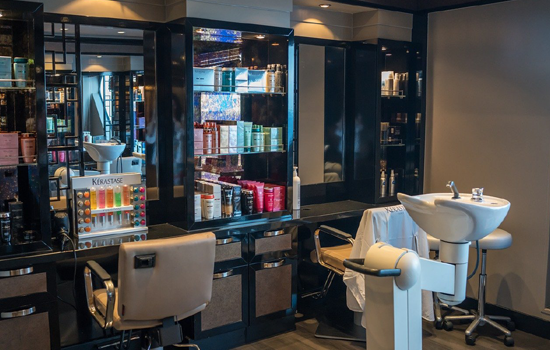
No parent wants to see their baby in discomfort from a congested nose, much less struggling to breathe. That is why a baby nasal aspirator is a necessity in every parent’s medicine cabinet. But how do you know when you should use one on your baby? Unlike an adult’s, a baby’s nose does not have cartilage yet, which would make most parents hesitant in sticking something inside it.
Why a Nasal Aspirator Is a Must-Have
Some doctors would tell you not to be overly concerned with a congested nose, as long as the baby is fine and his or her breathing pattern is stable. This could be unclear for some parents, especially the new ones. And with infants under the age of one at great risk of suffocation, it can be downright disquieting.
Up to their fourth month, babies could only breathe through their nose, but their nasal passages are relatively smaller and must be kept clear for them to breathe comfortably. However, they are also more prone to get viruses and respiratory infections at this age along which comes the congested nose.
Initial Treatment
If you are uncomfortable about handling a baby nasal aspirator, you can first try other things to help your baby breathe comfortably. One is to use a saline solution. You can get it from any pharmacy, or you can make one at home by mixing ¼ teaspoon table salt with one cup of boiled water. Just make sure that it has cooled to room temperature and is not older than three days.
With the baby lying on its back, place a few drops in each nostril. This will help liquefy the congestions. Let it sit for 20 seconds and see if the baby starts to breathe comfortably. You can also use a cool-mist humidifier to ease the nasal congestion. If these do not work, it is time to bring out the nasal aspirator.
How to Use the Nasal Aspirator
Older nasal aspirators consist of a flexible tube. One end goes inside the nostril of the baby while you suck at the other end to create the suction. It uses a filter or a piece of tissue to catch the mucus, depending on the make or model. The baby’s nose is delicate and is prone to irritation, so make sure that you are gentle when using it.
Others may use a bulb syringe, which uses a flexible rubber bulb to create the suction, but the process is basically the same. Take note, however, not to put it too far in and direct it more towards the ear, not up to the nose. Once you are done suctioning from one nostril, wipe the tip first before moving on to the other nostril.
Newer models of the baby nasal aspirator are much more effective. They create a constant and steady suction using a strong but quiet battery-powered motor. This is important in successfully removing the mucus. They are also much easier to use, ergonomically designed to be handled with one hand, and have a spring-loaded power button. All these elements allow you to use the aspirator while cradling your baby in the other arm.
Breathe Easy
After using the aspirator, your baby should start breathing more comfortably, feed better, and feel better. As a parent, you could start breathing easier too.






